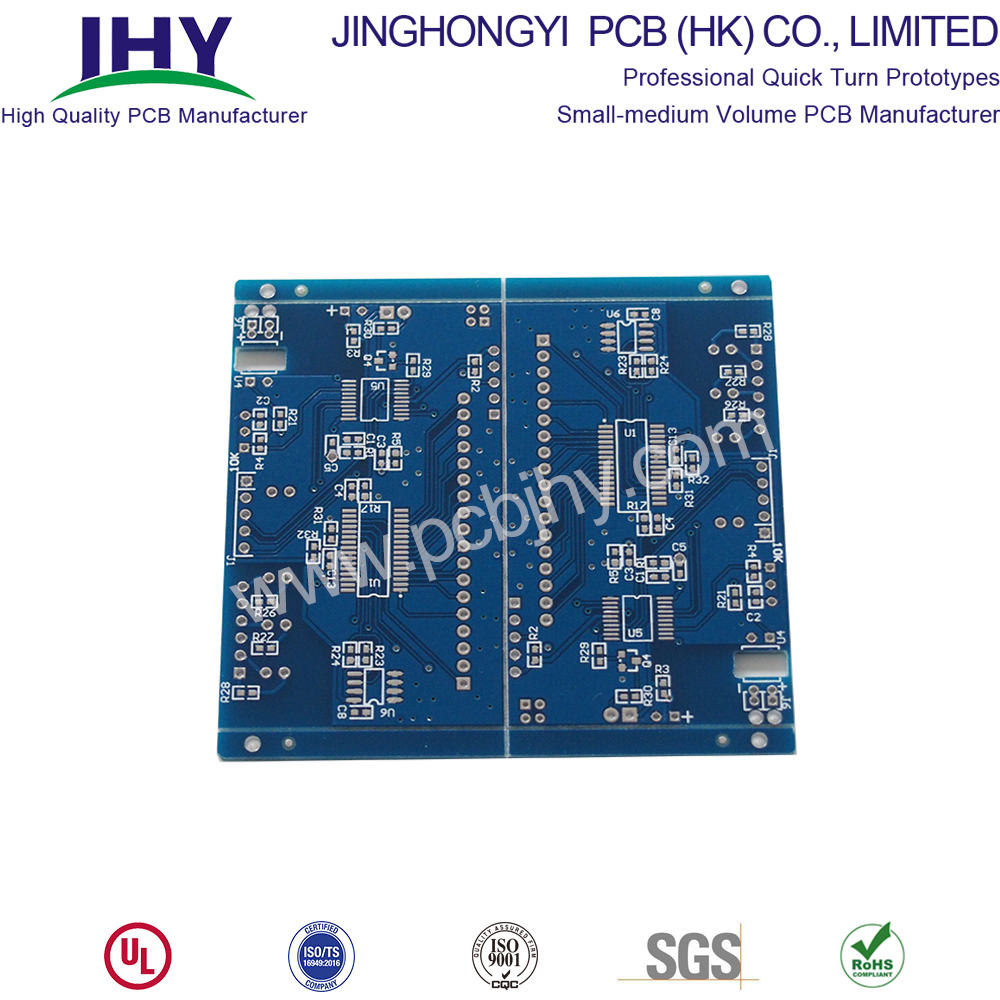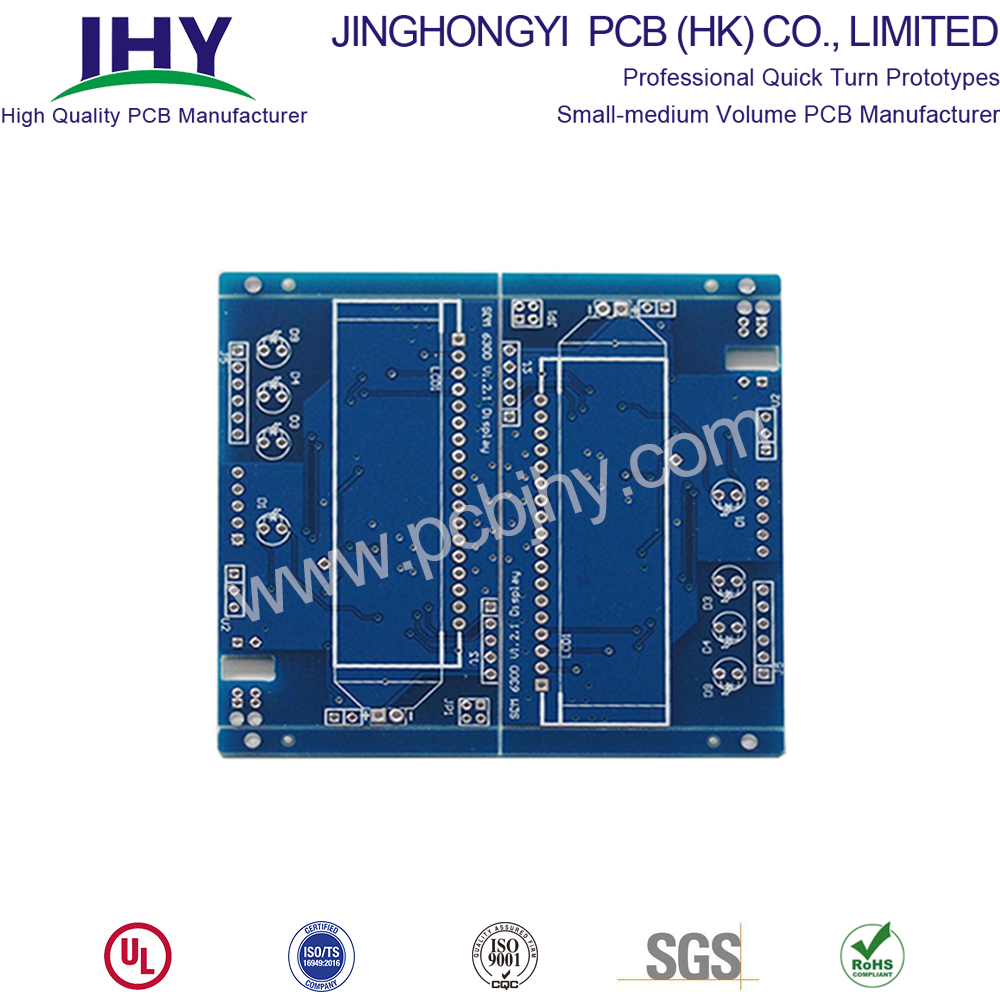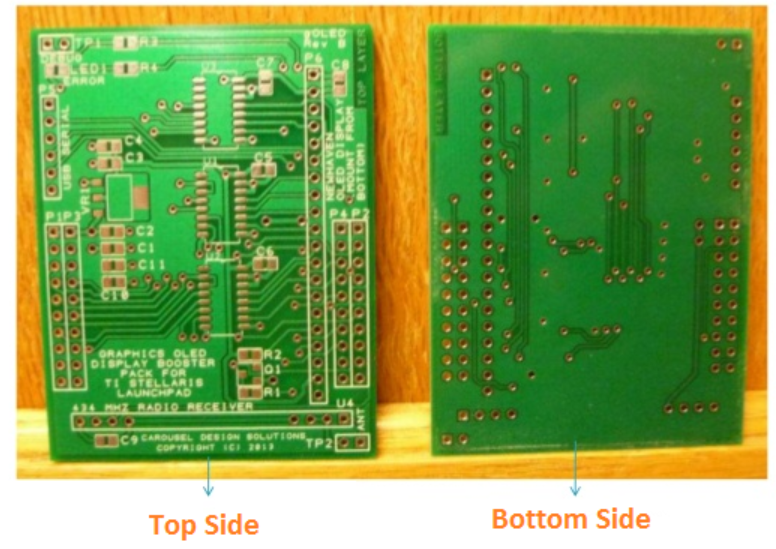Tablet PC monitor shipments this year are expected to reach 126.6 million, up from 8.21 million in 2011. Of these, approximately 74.3 million or 59% will come from 9. X-inch panel, iPad is the leader in this area. 9. Shipments of x-inch flat panel are expected to increase by 35% from 55.2 million in 2011.
The global flat panel shipment forecast predicts that the second largest size category for tablet PC monitors this year will be 7. X-inch, currently including Samsung Electronics Galaxy Tab, Amazon Kindle Fire, Bonnor Nook Tablet and other tablets using the Android operating system. 2012 7. Shipments of x-inch panels will reach 41.10 million, nearly double the 20.8 million last year.
This means 7 of 2012. X-inch will account for 32% of the flat panel display market, up from 26% last year, and 9. The x-panel will give up some market share this year. Although 9. The x-inch will continue to dominate the flat panel market this year, but at a low price of 7. The introduction of the x-inch tablet will drive 7. The growth of x-inch panels, and generally expected that Apple will launch smaller iPad later this year. The rest of the flat panel market in 2012 includes 8. x inches, about 9% of the shares; 5. x inch, share less than 1%.
Due to seasonal factors, flat panel shipments fell by 20% in the first quarter. As consumer demand slowed down, tablet computer makers struggled to clear out the backlog of inventory in the fourth quarter of 2011. However, as inventories were cleared and manufacturers ordered new panels for the second half of the year, panel shipments grew in the second quarter. In the second quarter, total panel shipments reached 27 million, an increase of nearly 30% from the 21 million in the first quarter.
Panel makers join the flat panel market. LG Display and Samsung Display’s share of flat panel shipments in the first quarter was 42% and 38%, respectively. Both are leading players in the market and produce LCD panels for the iPad. The iPad continues to dominate the media tablet space, accounting for 58% of total tablet shipments in the first quarter.
In addition to supplying Apple, LG Display also supplies panels to Amazon and Bonn. Samsung monitors provide panels to Samsung’s internal tablet division. The two panel giants are investing in capacity allocation and technological improvements to provide high-performance flat panel and develop wide viewing angle technologies such as in-plane switching (IPS) and fringe-field switching (FFS). LG Display and Samsung Display are also considering remaking the amorphous silicon plant to be able to produce oxide silicon panels that will help improve panel resolution, power consumption and overall performance.
Of course, other LCD panel suppliers are entering the fast-growing flat panel market. In particular, Japanese suppliers such as Sharp, Japan Display, and Panasonic are actively targeting the flat panel market, and have dedicated production capacity to produce flat panel panels in their 6th and 8th generation factories.
The total capacity allocated by Japanese manufacturers to small and medium-sized displays this year is expected to increase by 164% from last year to 5.5 million square meters. Of particular interest is Sharp's oxide silicon capacity. Sharp has been using its 8th generation factory to produce panels for the latest iPad. Panasonic may produce 7 in the second half of this year. x inches and 8. x inch flat panel.
Taiwan's LCD panel suppliers, such as AU Optronics and Chi Mei Optoelectronics, are allegedly adjusting their business models, with some focusing on flat panel panels for the education industry and others supplying flat panel panels to the Chinese whiteboard market.
However, unlike the first-tier panel makers LG Display and Samsung Display, Taiwan's panel suppliers are mainly targeting the Chinese market, which is dominated by low-priced flat panel. In order to meet the market demand for low prices, panel specifications are generally lower than first-line products. The monitors for the Chinese whiteboard flat panel market mainly use relatively basic TN LCDs instead of wide viewing angle LCDs such as IPS and FFS.
No matter what display technology is used or which market segment it is targeting, monitor suppliers are adjusting their strategies to adapt to this fast-growing market.
Double Sided PCB - the most popular type of PCB in the industry
While single-sided PCBs are simple and ideal to use when possible, many circuits require two sides. Double-sided PCB boards offer a wide variety of possibilities for circuit board designers because they have more surface area and flexibility when routing traces. Using two sides instead of one also allows for a smaller board size overall, which can be important when building small-scale, integrated devices.Double-sided PCB is one of the most common types of PCB. Moreover, the two-sided PCB and the single-sided PCB are basically the same to some extent. The difference is that the single-sided PCB has only one conductive surface. That is to say, the one-sided PCB has copper on one side of the board, but the two-sided PCB has conductive layer on each side. The dielectric layer is surrounded by the copper layer of the circuit and welding masks on both sides. Technically, single-sided circuit boards will not be copper plated in boreholes. Passing holes allow manufacturers to create traces on both sides that are adjacent to each other and connected between layers. PCB manufacturers use double-sided PCBs for products that require elementary to intermediate circuit complexity. This type of PCB does not provide as much circuit complexity or density as multi-layer PCB, but it is the most economical choice in many applications.
Nowadays, double-sided Printed Circuit Boards can be designed and manufactured in a variety of ways, including silver and gold surface treatment, high and low temperature and solder coating. This versatility enables them to power almost unlimited numbers of projects at cost-effective prices. Because of these advantages of double-sided PCB, double-sided PCB technology has become the most popular type of PCB in the industry.

What is Double-Sided PCB?
Strictly speaking, the Double-Sided PCB is one kind of the important PCB boards which is useful in PCB industry. They allow for the routing of traces around each other by jumping between a top and bottom layer by way of vias. Generally speaking, There are lines on both sides! The common PCBs can be seen such as, Rigid PCB , Flexible circuit board, Aluminum PCB and Metal Core PCB.
It need circuits on both sides. Via is the holes on boards, coated with metal and it can connect wires on both sides. Because the area of Double-sided PCB is twice as large as the Single-sided PCB, and because the wiring is interleaved, which is better suited for circuits that are more complex.
Someone may feel confused that if one Double-sided PCB, wires on both sides while Electronic parts only one side, is this a Double-sided board or a single onel? The answer is obvious. This kind of board is a Double-sided board, it's just install a component on the Double-sided board.So the question is, if a double-sided PCB has circuits on both sides, but only one side has electronic accessories, is it a double-sided PCB or a single-sided PCB? The answer is obvious. This kind of board is a double-sided circuit board. It only installs a component on the double-sided PCB.
Double sided circuit boards are one of the most popular types of PCBs as they enable manufacturers to produce more complex circuits, which can benefit uses in higher technology applications and electronics. There is an abundance of applications and electronics which double sided PCBs can be used in including: lighting systems, vending machines, amplifiers, car dashboards, and many more.
Double Layers PCB expands design capability and reduces physical sizes.

Double-Sided PCB material
The manufacturing base material of PCB is rigid glass fiber laminate. In the actual manufacturing process, many types of PCB materials can be used. Which material to use is determined by the PCB designer to meet electrical, temperature and other related characteristics. However, the standard material commonly used is fiberglass, which we usually call FR4.
FR, which technically stands for "flame retardant", does not mean specific material, but refers to material grade. However, it is a glass fiber reinforced epoxy laminate with flame retardant standard UL94V-0.
FR4 is the most common and typical choice of rigid PCB materials. Usually we classify them into three categories:
Normal Tg = Material melting point over 130 degrees Celsius
Medium Tg = Material melting point more than 150 degrees Celsius
High Tg = Material melting point more than 170 degrees Celsius
Double-Sided PCB construction

Double Sided PCB Layers


Benefits of Double Sided PCBs
Double-sided PCB is a widely used component in various applications, because it can achieve greater flexibility in designing more complex circuits. The following are some advantages of double sided PCB:
- Improving circuit density and complexity: By having conductive layers on both sides, the component space of double-sided PCB is twice as large as that of single-sided PCB. It can easily increase the density and complexity of the circuit.
- Double-sided PCB is widely used: Double-sided PCB has circuit complexity and can be used for many common electronic products at reasonable prices. Use double-sided PCB to make popular electronic products for daily use.
- More suitable for more complex projects: Double-sided PCB is the same size as single-sided PCB, but has twice the component space. Design more complex projects with the same amount of space.
- Cost-effective manufacturing: Double-sided PCB has the ability to be used in a large number of projects, and the price is lower than multi-layer PCB, avoiding paying extra costs.
- Provide more design possibilities: at relatively low cost, you can greatly expand the number of projects available for your functions and budget. Creating innovations that a single-tier PCB cannot achieve.
- Redirect the PCB current while keeping the top free: You can use the bottom of the double-sided PCB as grounding copper casting for sinking and output current.
Double sided PCB boards is different from Single-sided PCB.
Single-sided PCB is the basic one, the spare parts are concentrated in one side, and the circuit is concentrated on the other.Because the wires only appear on the one side of themso we called Single-sided PCB. Because the single-sided PCB has many strict restrictions on the design circuit (because only one side, the wiring cannot cross and must move around the individual path), so it only used on earlier circuits.
Single-sided PCB diagram mainly used Network Printing(Screen Printing), that is, resist on copper surface, After etching, mark the welding resistance, and then finish the hole and the shape of the part by punching.
Single sided printed circuit boards are widely used in many electronics whereas double sided circuit boards are often used in higher technology electronics.
Single sided printed circuit boards are commonly used in an array of electronics and applications, including: camera systems, printers, radio equipment, calculators, and much more.
Benefits of Single Sided PCBs
Single sided circuit boards are considered to be one of the best choices for a wide range of applications due to the advantages that it provides. Here are a few advantages of single sided printed circuit boards:
- The cost of manufacturing and producing single sided circuit boards are very cost-effective and affordable due to the simple and basic designs. These types of PCBs are widely understood by various manufacturers which makes single sided boards the best choice for circuit designs that are simple and low density.
- As single sided boards are less complex, there will undoubtedly be fewer problems during the manufacturing stage, which enables manufacturers to produce these boards at higher volumes and at faster speeds. Due to this, they are commonly used in many applications and electronics.
With higher volume orders, single sided circuit boards can be more affordable and available at reduced costs.
Double-Sided PCB Applications
Many of the electronics found in everyday life function on double-sided PCBs. Applications of double-sided PCBs include:
- Industrial controls
- Power supplies
- Converters
- Control relays
- Instrumentation
- Regulators
- UPS systems
- Power conversion
- HVAC
- LED lighting
- Hard drives
- Printers
- Phone systems
- Power monitoring
- Automotive dashboards
- Line reactors
- Test equipment
- Amplifiers
- Traffic systems
- Vending machines
Double-Sided PCB fabrication
Double Sided PCB Home Made DIY
DIY Double Sided PCB
Learn more about our products and services through the following links:
- Reflow double sided PCB
- A Collection of Questions on Double Sided PCB
- Advantages of Double Sided PCB
- Double Sided Metal Core PCB
- Double sided Rigid PCB
Double Sided PCB
2 Layer PCB,Double Sided Fr4 PCB,pcb prototype service,Double Layer PCB
JingHongYi PCB (HK) Co., Limited , https://www.pcbjhy.com
